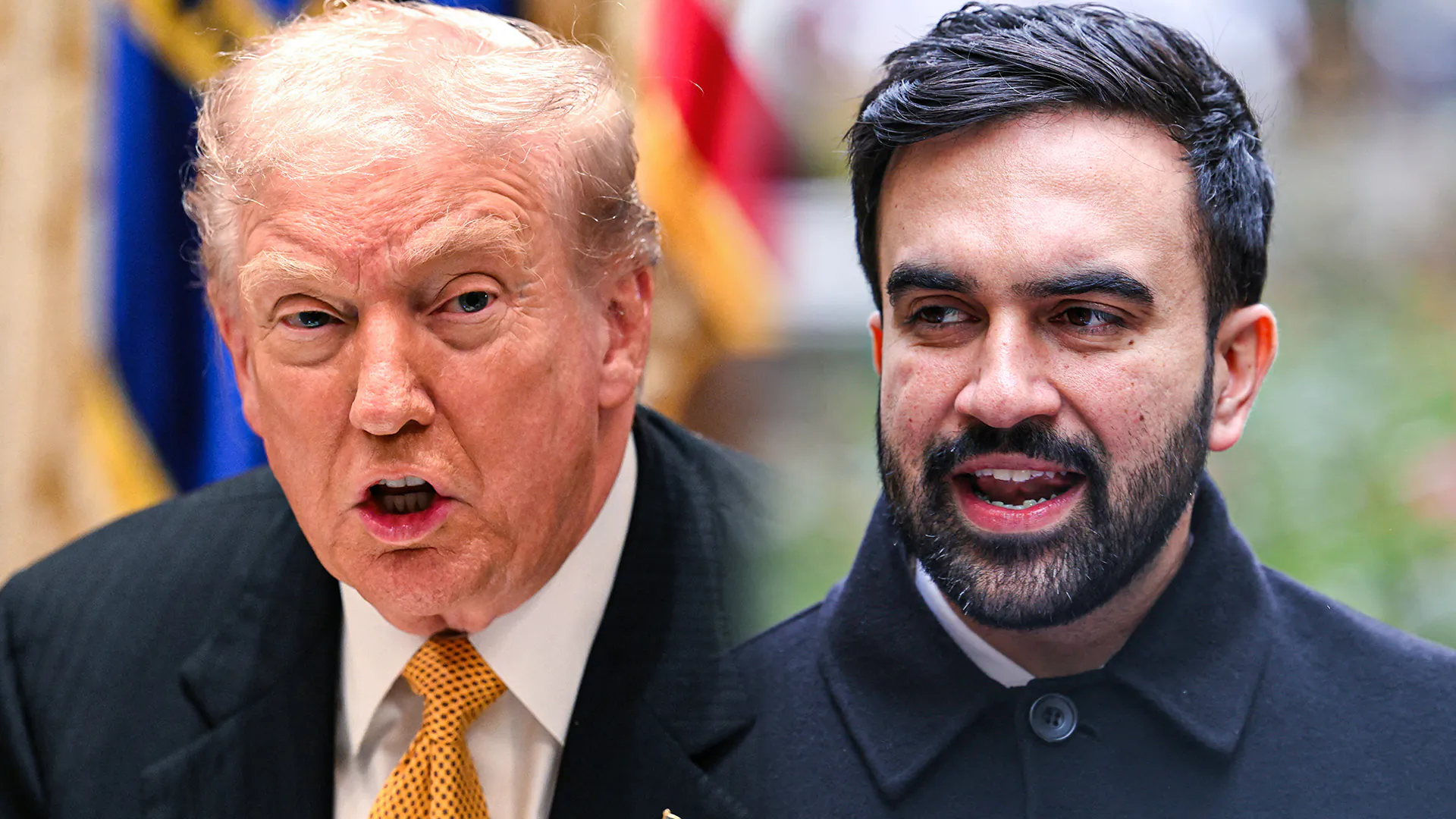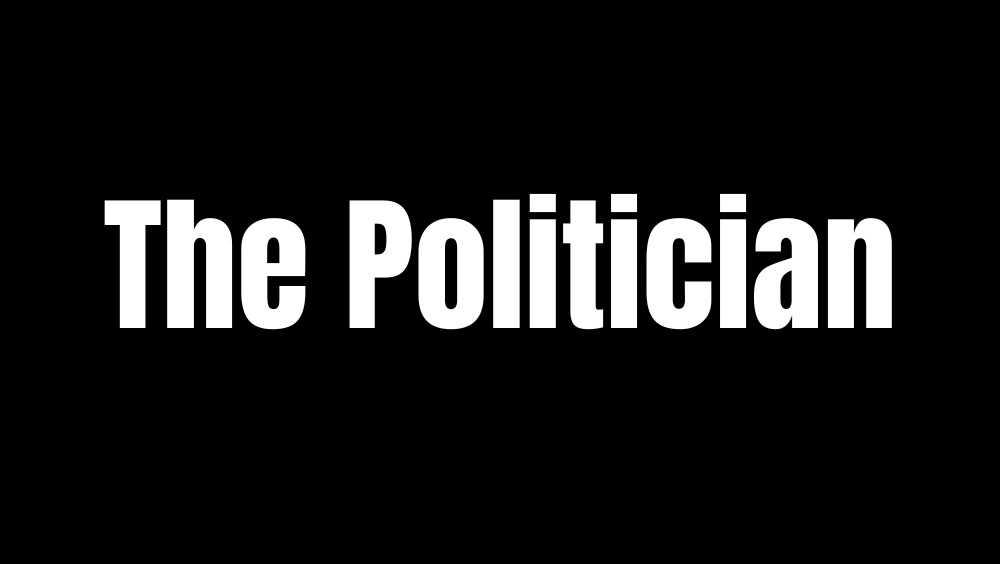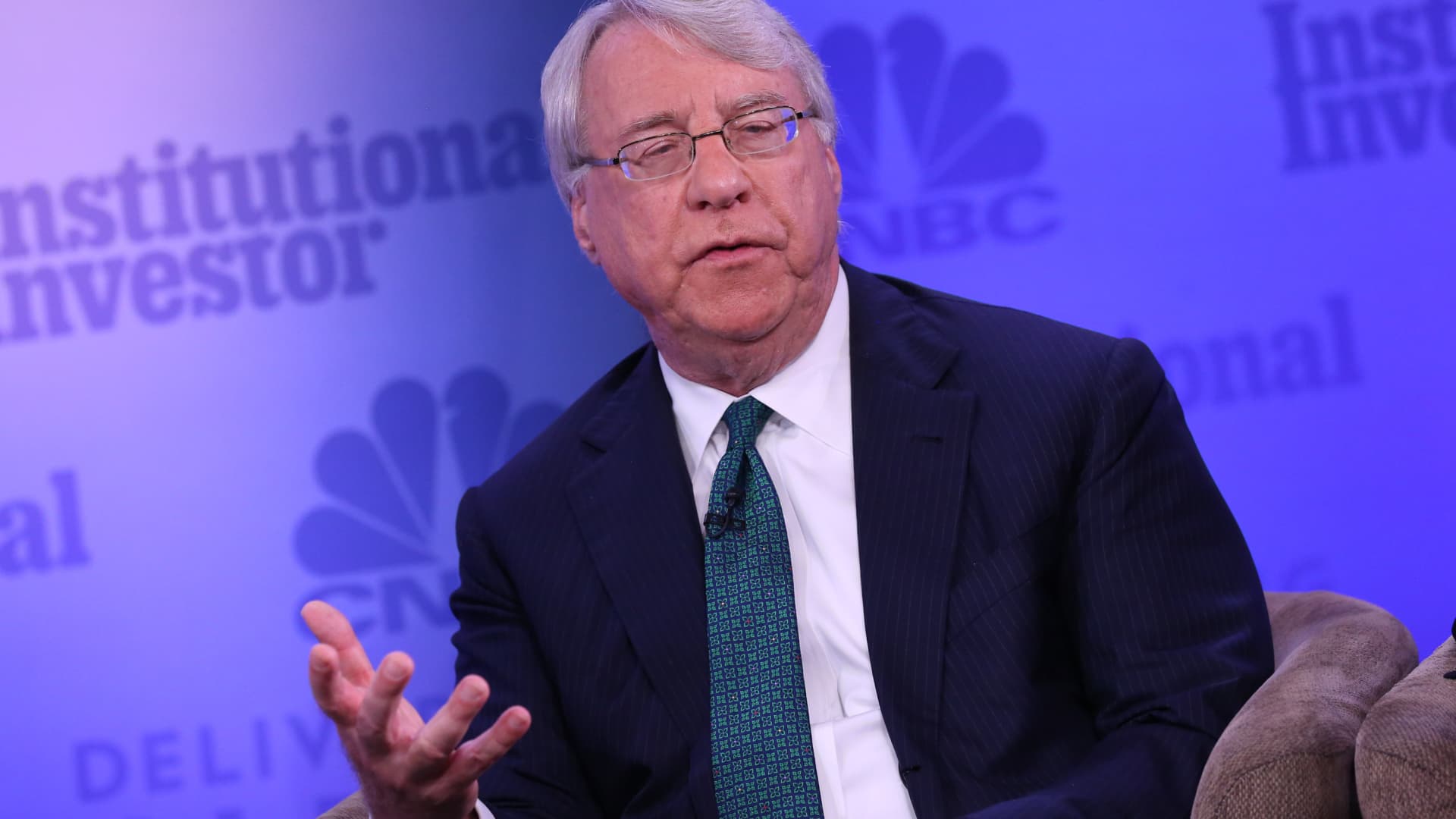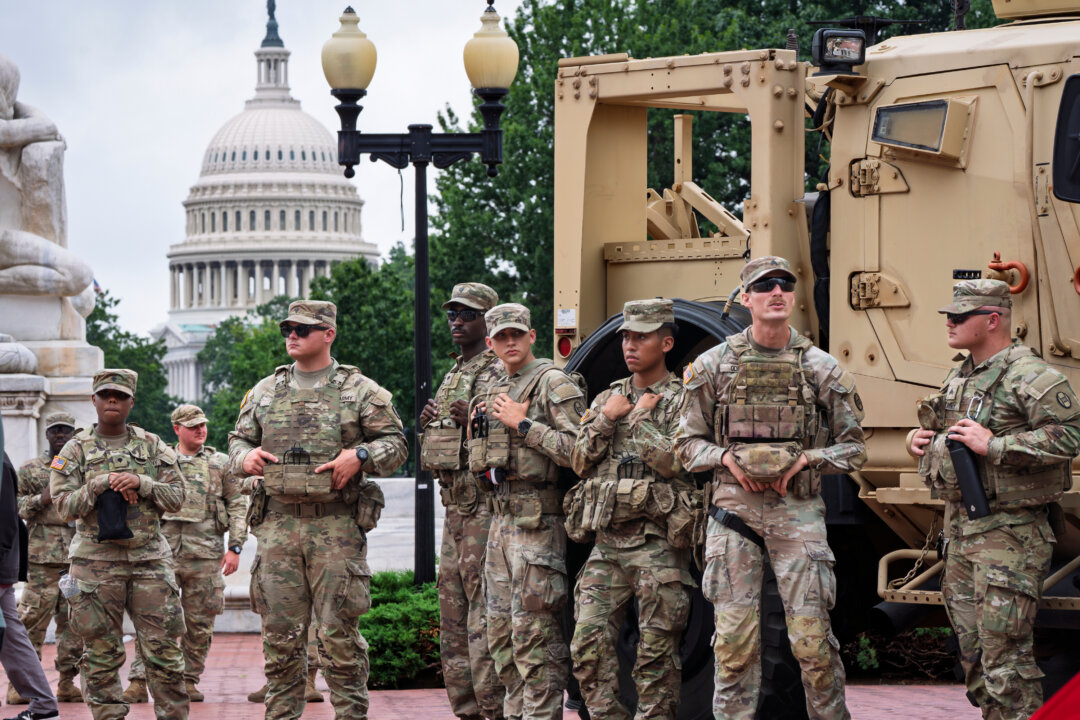PM Modi inaugurates Punatsangchhu-II Hydroelectric Project: How India is supporting development projects in Bhutan. All you need to know
Prime Minister Narendra Modi is on a 2-day state visit to Bhutan. During his historic visit, the Prime Minister inaugurated the Punatsangchhu-II Hydroelectric Project developed jointly by the Indian and the Bhutanese governments. Taking to X, PM Modi shared some pictures from the inauguration ceremony and wrote, “Fuelling development, deepening friendship and driving sustainability! Energy cooperation remains a key pillar of the India-Bhutan partnership. Today, we inaugurated the Punatsangchhu-II Hydropower Project. This is an enduring symbol of friendship between our countries.” Fuelling development, deepening friendship and driving sustainability!Energy cooperation remains a key pillar of the India-Bhutan partnership. Today, we inaugurated the Punatsangchhu-II Hydropower Project. This is an enduring symbol of friendship between our countries. pic.twitter.com/amYDqzxD1Q— Narendra Modi (@narendramodi) November 11, 2025 The 1,020 MW hydel project was inaugurated by PM Modi alongside Bhutan’s king Jigme Khesar Namgyal Wangchuk, marking a key milestone in India-Bhutan relations. The Punatsangchhu-II Hydroelectric Project was fully commissioned in August this year, with its final unit synchronised on 27th August 2025 in the presence of Bhutanese Prime Minister Tshering Tobgay and Indian Ambassador to Bhutan Sudhakar Dalela. #WATCH | Bhutan | Prime Minister Narendra Modi and His Majesty the King of Bhutan Druk Gyalpo inaugurate the Punatsangchhu-II Hydroelectric Project, in the presence of the Sacred Buddha Relics(Source: DD) pic.twitter.com/uEhW4TjasQ— ANI (@ANI) November 11, 2025 India-Bhutan cementing ties with cooperation in the energy sector: How India funded and built the Punatsangchhu-II Hydroelectric Project Located on the Punatsangchhu River in western Bhutan, the Punatsangchhu-II Hydel project is a run-of-the-river facility designed to generate sustainable and clean hydropower without large-scale water storage. This venture was jointly initiated by the Government of India and the Government of Bhutan in December 2010. The Punatsangchhu-II Hydroelectric Project is a cornerstone of India-Bhutan ties since the 1960s. India provided for the complete funding of this hydel project, totalling up to Rs 7,500 crore. This included a 30% grant or a non-repayable aid to cover the initial capital costs as well as a 70% concessional loan from the Government of India. The arrangement was such to ensure favourable repayment terms for the brotherly nation of Bhutan. This is intended to enhance Bhutan’s power capacity by 40% and bolster regional energy security. Executed as a turnkey joint venture, India’s public sector undertaking (PSU) National Hydroelectric Power Corporation (NHPC) was the lead developer on the Indian side in this project. The Indian technical team and engineers collaborated with Bhutan’s Druk Green Power Corporation (DGPC) for design, construction and operations. The Indian team provided the DGPC with their expertise in geological surveys, dam construction and turbine installations in order to address the challenges of the Himalayan terrain, including seismic activity and landslides. The project was backed by Indian engineering consultancies, Water and Power Consultancy Services for engineering and design and the National Institute of Rock Mechanics for modelling and geotechnical engineering services. While the construction began in 2011, the project faced delays due to geological issues such as sinkholes and unstable foundations; the Indian and Bhutanese teams mitigated these challenges and delays by coming up with advanced engineering solutions. India also extended environmental safeguards to ensure minimal ecological disruption in the sensitive Punakha-Wangdue valley. As per a Bhutanese media report published this September, the project has generated over 2,160 million units of clean energy to date, which is approximately Nu 6bn in revenue, sold domestically. The Panatsangchhu-II HEP is not the only hydel project India has aided Bhutan in. India has financed and executed six major joint hydropower projects in Bhutan, contributing to more than 3,400 MW of Bhutan’s installed capacity. India is also the top importer of Bhutan’s power. India has, over the years, supported Bhutan in the Chhukha HEP, Kuricchu HEP, Tala HEP, Mangdecchu HEP, Panatsangchhu HEP and the planned Kholongchhu HEP through joint ventures. In 2021, the Mangdechhu HEP won the ‘Best International Dam’ award. India’s ‘Neighbourhood First’ policy transforming Bhutan Historically, India has supported Bhutan’s development and been an inextricable contributor in the Himalayan kingdom’s growth story. For the 13th five-year plan of Bhutan, which runs from 2024 to 2029, the Government of India has committed a support of Rs. 10,000 crores. This covers project-tied assistance, high-impact community development projects, the economic stimulus program, and a program grant. This quantum constitut



Prime Minister Narendra Modi is on a 2-day state visit to Bhutan. During his historic visit, the Prime Minister inaugurated the Punatsangchhu-II Hydroelectric Project developed jointly by the Indian and the Bhutanese governments.
Taking to X, PM Modi shared some pictures from the inauguration ceremony and wrote, “Fuelling development, deepening friendship and driving sustainability! Energy cooperation remains a key pillar of the India-Bhutan partnership. Today, we inaugurated the Punatsangchhu-II Hydropower Project. This is an enduring symbol of friendship between our countries.”
Fuelling development, deepening friendship and driving sustainability!
— Narendra Modi (@narendramodi) November 11, 2025
Energy cooperation remains a key pillar of the India-Bhutan partnership. Today, we inaugurated the Punatsangchhu-II Hydropower Project. This is an enduring symbol of friendship between our countries. pic.twitter.com/amYDqzxD1Q
The 1,020 MW hydel project was inaugurated by PM Modi alongside Bhutan’s king Jigme Khesar Namgyal Wangchuk, marking a key milestone in India-Bhutan relations. The Punatsangchhu-II Hydroelectric Project was fully commissioned in August this year, with its final unit synchronised on 27th August 2025 in the presence of Bhutanese Prime Minister Tshering Tobgay and Indian Ambassador to Bhutan Sudhakar Dalela.
#WATCH | Bhutan | Prime Minister Narendra Modi and His Majesty the King of Bhutan Druk Gyalpo inaugurate the Punatsangchhu-II Hydroelectric Project, in the presence of the Sacred Buddha Relics
— ANI (@ANI) November 11, 2025
(Source: DD) pic.twitter.com/uEhW4TjasQ
India-Bhutan cementing ties with cooperation in the energy sector: How India funded and built the Punatsangchhu-II Hydroelectric Project
Located on the Punatsangchhu River in western Bhutan, the Punatsangchhu-II Hydel project is a run-of-the-river facility designed to generate sustainable and clean hydropower without large-scale water storage. This venture was jointly initiated by the Government of India and the Government of Bhutan in December 2010. The Punatsangchhu-II Hydroelectric Project is a cornerstone of India-Bhutan ties since the 1960s.
India provided for the complete funding of this hydel project, totalling up to Rs 7,500 crore. This included a 30% grant or a non-repayable aid to cover the initial capital costs as well as a 70% concessional loan from the Government of India. The arrangement was such to ensure favourable repayment terms for the brotherly nation of Bhutan. This is intended to enhance Bhutan’s power capacity by 40% and bolster regional energy security.

Executed as a turnkey joint venture, India’s public sector undertaking (PSU) National Hydroelectric Power Corporation (NHPC) was the lead developer on the Indian side in this project. The Indian technical team and engineers collaborated with Bhutan’s Druk Green Power Corporation (DGPC) for design, construction and operations. The Indian team provided the DGPC with their expertise in geological surveys, dam construction and turbine installations in order to address the challenges of the Himalayan terrain, including seismic activity and landslides.
The project was backed by Indian engineering consultancies, Water and Power Consultancy Services for engineering and design and the National Institute of Rock Mechanics for modelling and geotechnical engineering services.
While the construction began in 2011, the project faced delays due to geological issues such as sinkholes and unstable foundations; the Indian and Bhutanese teams mitigated these challenges and delays by coming up with advanced engineering solutions. India also extended environmental safeguards to ensure minimal ecological disruption in the sensitive Punakha-Wangdue valley.
As per a Bhutanese media report published this September, the project has generated over 2,160 million units of clean energy to date, which is approximately Nu 6bn in revenue, sold domestically.
The Panatsangchhu-II HEP is not the only hydel project India has aided Bhutan in. India has financed and executed six major joint hydropower projects in Bhutan, contributing to more than 3,400 MW of Bhutan’s installed capacity. India is also the top importer of Bhutan’s power. India has, over the years, supported Bhutan in the Chhukha HEP, Kuricchu HEP, Tala HEP, Mangdecchu HEP, Panatsangchhu HEP and the planned Kholongchhu HEP through joint ventures. In 2021, the Mangdechhu HEP won the ‘Best International Dam’ award.
India’s ‘Neighbourhood First’ policy transforming Bhutan
Historically, India has supported Bhutan’s development and been an inextricable contributor in the Himalayan kingdom’s growth story. For the 13th five-year plan of Bhutan, which runs from 2024 to 2029, the Government of India has committed a support of Rs. 10,000 crores. This covers project-tied assistance, high-impact community development projects, the economic stimulus program, and a program grant. This quantum constitutes a 100% increase over the 12th five-year plan figures, the Indian External Affairs Ministry said in September this year.
Notably, India and Bhutan have good trade relations as well. In 2024-25, India exported goods worth $1.3 billion to Bhutan. These included petroleum products, iron and steel, grains and smartphones. Meanwhile, Bhutan exported products totalling $513 million, including electricity and construction materials.
India is Bhutan's largest trade and development partner. The trade volume has tripled since 2014 to over $1.7 billion. Hydropower is a cornerstone of this partnership, with India funding and constructing mega hydropower projects in Bhutan, while Bhutan exports the electricity… pic.twitter.com/6q87B69aMO
— DD News (@DDNewslive) November 11, 2025
In addition to hydroelectric projects, India has also helped Bhutan bolster its railway infrastructure. During his address at an event in Thimphu on 11th November, PM Modi highlighted his government’s decision taken in September this year to link the cities of Gelephu and Samtse in Bhutan to India’s Kokrajhar in Assam and Banarhat in West Bengal. The project is expected to be completed within three years.
The railway project, worth Rs 4,033, includes the construction of two lines totalling 89 km will slash travel time and boost the Gelephu Mindfulness City, being supported by the Indian government.
“Completion of this project will provide easier access for the industries here and Bhutanese farmers to India’s vast market,” PM Modi said.
India is also contributing to the ongoing enhancements to the Thimphu-Phuentsholing highway and border roads. Besides, New Delhi is aiding smart city initiatives in Thimphu and Paro. India has allocated Rs 1,113 crore for these and other projects pertaining to healthcare and urban infrastructure.
In addition, India also provides scholarships to over a thousand Bhutanese students in India via the Nehru-Wangchuk and Ambassador’s Scholarship. To further make the lives of Bhutanese people easier, India is expanding its game-changer Unified Payment Interface (UPI) facility in Bhutan.







































































